Who Controls the User Experience? AMD’s Carrizo Thoroughly Tested
by Ian Cutress on February 4, 2016 8:00 AM EST#5 The Lenovo Y700 (Carrizo, FX-8800P + R9 385MX)
The Y700 pre-release unit we had access to didn't have a battery, or a wireless module. But it did have a ‘neat’ trick compared to the other APUs in this test, in that it is the 35W model of the AMD FX-8800P, which adds a bit more frequency in exchange for some additional power draw. Moving to 35W affords some benefits we’ll go into in a bit, although for some odd reason Lenovo didn’t take them here.
| Lenovo Y700 (Carrizo) Specifications | |
| Size and Resolution | 15.6-inch, 1920x1080 IPS |
| Processor | AMD FX-8800P (35W) Dual module, 4 threads 2.1 GHz Base Frequency 3.4 GHz Turbo Frequency |
| Graphics | Integrated R7 512 Shader Cores 800 MHz maximum frequency GCN 1.2 AMD R9 385MX Discrete GPU with 2GB GDDR5 512 Shader Cores 900-1000 MHz Core, 1200 MHz Memory GCN 1.2 Dual Graphics Not Available in Drivers |
| TDP | Chassis: 15W CPU: 35W |
| Memory | 16 GB in Single Channel Operation 2 x 8GB at DDR3L-1600 C11 Single Channel ONLY |
| Storage | 256GB Sandisk |
| Battery Size | None in our model 80Wh with 4 cell Li-ion design otherwise |
| WiFi | None in our model 802.11ac M.2 otherwise |
| Optical Drive | Optional |
| Dimensions | 15.24 x 10.91 x 1.02-inch 38.7 x 27.7 x 2.60 cm |
| Weight | 5.72 lbs 2.6 kg |
| Webcam | 1280x720 with array microphones |
| Ports | Memory Card Reader HDMI 2 x USB 3.0 + 1 x USB 2.0 Ethernet |
| Operating System | Windows 10 Home |
| Website Link | link |
The Y700 here is paired with a discrete graphics card, AMD's Radeon R9 385MX, which offers 512 streaming processors. The FX-8800P processor also has R7 graphics and 512 SPs at 800 MHz, and in theory one might think that these two automatically work with each other in dual graphics mode – but this design is not set up that way. So for this design, the user is paying for almost the same graphics design twice (though the discrete card has access to much faster memory), but one is essentially disabled or only comes on when the discrete card is shut off. Arguably one might postulate that the active idle power of the integrated graphics is lower than that of the discrete, but it seems expensive just for the sake of a few hundred mW. There could be another reason in display support, but it still seems odd. The user can however manually choose to invoke whichever graphics solution they wish from the Catalyst menu.
Another element of the design worth questioning is the memory. Carrizo as a platform does support dual channel memory, but it shares a design structure with Carrizo-L (Puma+) which is single channel only. As a result, a number of OEMs have designed one motherboard for both platforms, which means all Carrizo under that design are limited to single channel operation, reducing performance for the sake of some PCB design. This is an aspect we’ll get on to later, but it means that the Y700 has access to 16GB of DDR3L-1600 CAS 11 but in single channel mode. The fact that it is DDR3L-1600, even though Carrizo supports DDR3-2133, is another angle to tackle on how such a design can have performance issues.
For the other specifications, the Y700 gets a 1920x1080 IPS screen, a 256 GB Sandisk SSD and some Wi-Fi in an M.2 form factor. I say ‘some’ Wi-Fi, purely because our pre-production unit didn’t have any.
This low quality image of the insides shows the dual fan design for the 35W APU and discrete graphics, and we can confirm we didn’t see any throttling during our testing. The two memory modules, despite being part of a single channel design, sit on the right below the slim hard drive which we replaced with the 256 GB Sandisk SSD. There is also an M.2 slot next to this, though I believe this is SATA only, supporting form factors up to 2280.
Next to the M.2 slot is the bass speaker. The Y700 has an extra vent at the bottom for better sound, rather than muffled in a chassis:
The keyboard we had in our model was a mix English/Japanese variant, though the red backlight was easy to see through.
Brett actually has the Skylake variant in for testing, so I'll let him mull over the design a bit more, but on the sides:
The left gets a charging point, a USB 3.0 port, a multi card reader and a headphone jack. On the right are two more USB ports, a HDMI port, an expanding Ethernet port and a Kensington Lock hole.
Y700 Specific Testing
In the case of the display, out of those we tested it actually comes best in terms of color accuracy. While I don’t have a spectrophotometer to show you exactly in numbers, the colorimeter graph does the business:
Here red and blue are pretty much dead on accurate, but green is straying too low. The panel gives a good 1032 contrast ratio, with 0.216 nits at low brightness and 223 nits at peak. The peak isn’t very high, which might be a bit concerning in bright lights.
One of the downsides to these configurable TDP processors is that the ‘max TDP’ string doesn’t change. It is up to the OEM to do the firmware adjustments, but chances are they won’t open it up to regular users in case someone wants to put 35W through a chassis only designed to handle 15W. The way to tell is in the peak frequencies, and this one goes to eleven 3.4 GHz.
For the discrete GPU, we get 2 GB of dedicated memory and, thanks to the use of GDDR5, much greater bandwidth than just relying on DDR3 alone. The ‘CrossFire available’ message means that GPU-Z recognizes that the CPU and GPU can be both put to work together, but for whatever reason the drivers did not allow it when we tested.


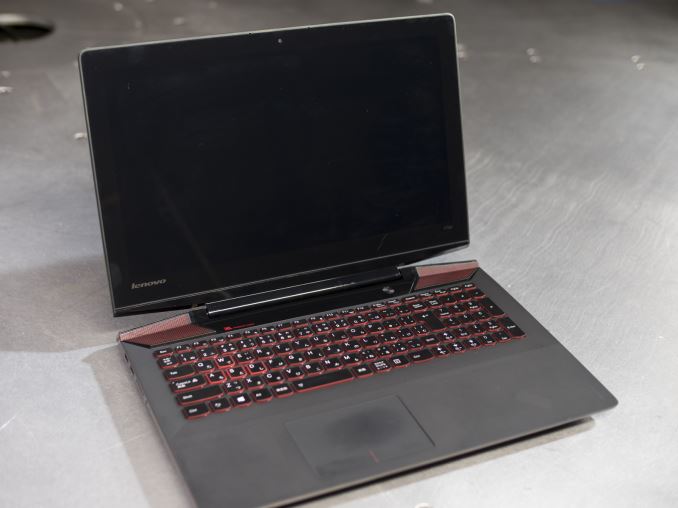






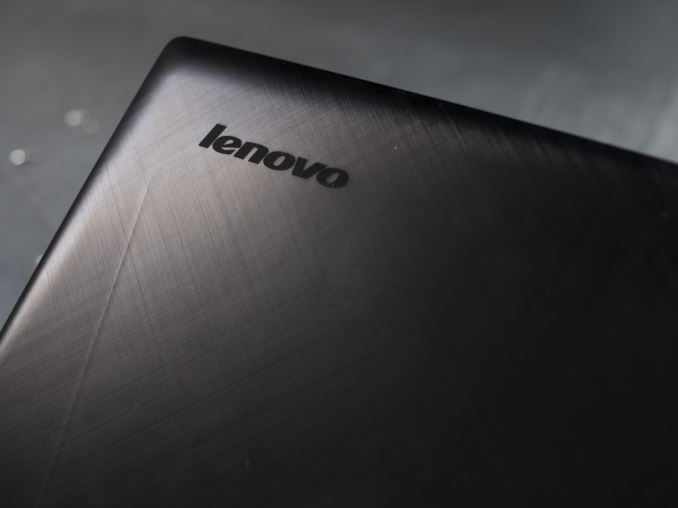
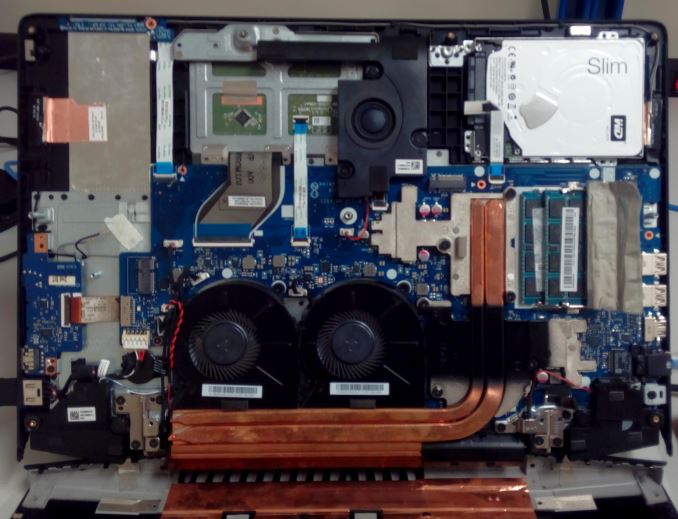
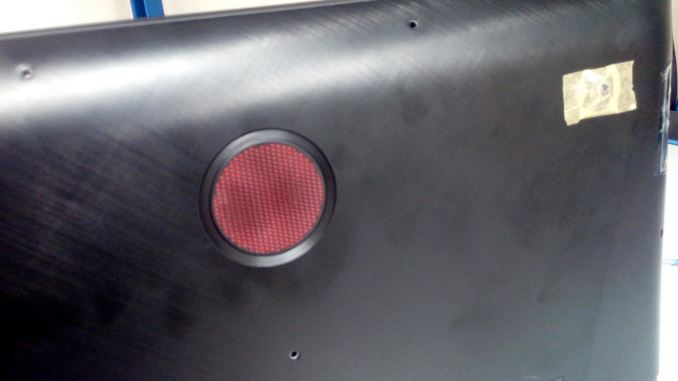
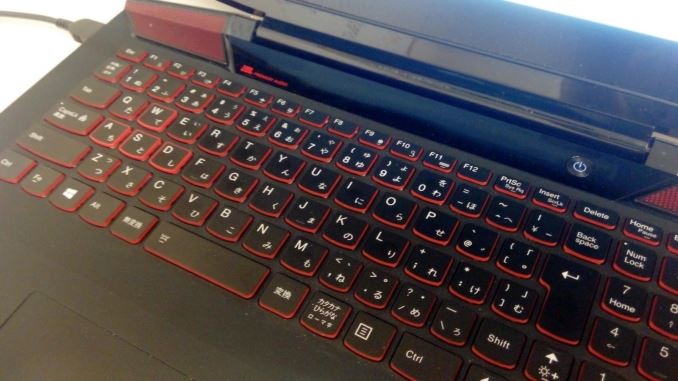

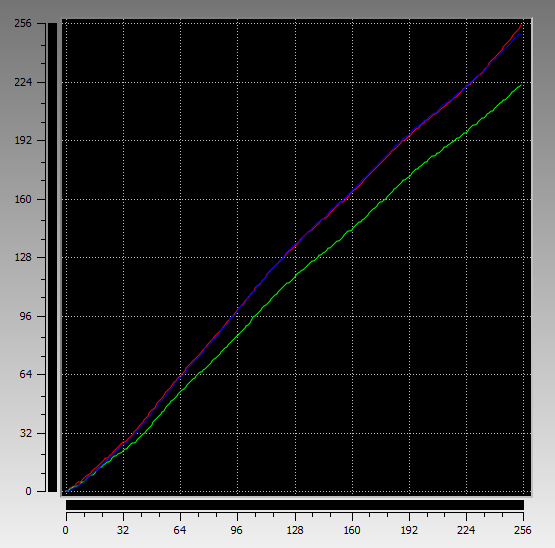
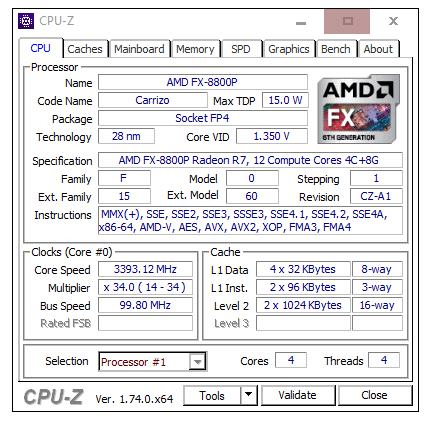
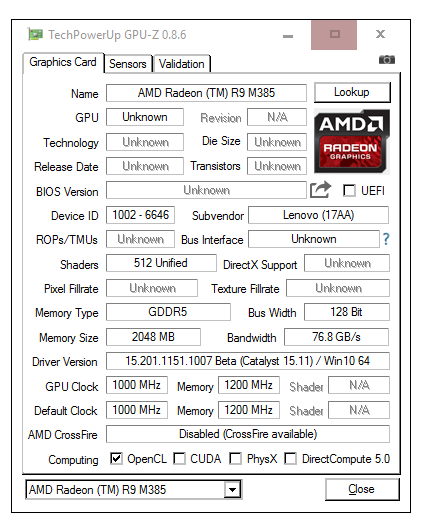








175 Comments
View All Comments
Ian Cutress - Friday, February 5, 2016 - link
It is. It was correct in the table :P fixed!Intel999 - Friday, February 5, 2016 - link
So what I had originally thought would be an advantage for Carrizo, the same motherboard for both Carizzo and Carizzo-L, turned out to screw AMD since OEMs refuse to provide any semblance of sufficient memory on the Carizzo non L chipsets.As for Zen, I can promise you that it will be a failure in laptop configurations if OEMs continue to reign it in with poor configurations such as single channel memory, HDDs and low quality screens.
The only way to get a quality AMD system in this day and age is to go to a custom PC builder and give him the specs you require. Unfortunately, 90% of PC consumers wouldn't know what specs to give the builder and I'm sure Intel has coerced a lot of custom builders to push their CPUs through kickbacks.
reepca - Saturday, February 13, 2016 - link
Could you name a custom PC builder that can build a laptop with Carrizo for me...? Or when you say "PC" do you mean "Desktop" (already gottaone)?junky77 - Friday, February 5, 2016 - link
My Y700 has 4GB of vRAM and GPU-Z show M385XAlso, no talk about DX12?
Bateluer - Friday, February 5, 2016 - link
Any idea when we'll see the X4 845 arrive for desktops?mrdude - Friday, February 5, 2016 - link
Amazing article, Ian! Took the better part of an hour to read it between chores and emails, but it was time well spent :)That said, I feel like one aspect regarding AMD's race-to-the-bottom has been ignored: AMD's own role in it. For decades, and with only a couple of notable exceptions, AMD has marketed itself as the cheaper alternative with 'good enough' performance. Well, unfortunately they've succeeded and this is the result. Carrizo processors on lagging nodes being sold, if only to decrease OEM investments, for dirt cheap and can only just compete with Intel's low end/mid-tier chips. If their engineers are proud of their efforts, then perhaps they need a reality check and take a look at those benchmarks. The APU is so lopsided and bandwidth starved that it should have never made it past the initial stages of design. (Why on earth are they selling 512SPs if they can't feed them? Is the company more worried about chewing up GloFo wafer commitments than designing a balanced design?)
For AMD to command more volume, higher profit margins, and dictate minimum design/spec requirements, AMD also has to start making class-leading products. 'Good enough' should never be uttered within corporate offices else risk being fired. Unfortunately, mediocrity has been the staple of AMD's CPU side for as long as I can remember. CEOs and chief architects have come and gone, and things still haven't changed. After the X2 derivatives of the A64/K8 the company admitted defeat, if not outwardly than certainly tacitly.
I'm not hopeful. Those days are long gone. It's been far too long since AMD has made something that has piqued my, or consumers', interest. They've got nothing but recent failures to point to. Unless Zen comes out and actually beats out Intel's comparable chips in cost, single-threaded, multi-threaded, and power consumption, every person within AMD should admit defeat. The goal is perfection, and personally it seems they still don't understand that.
wow&wow - Monday, February 8, 2016 - link
"they still don't understand that."Because the paychecks are automatically deposited, no feeling about whether having paychecks or not since having them is a given : )
Lolimaster - Friday, February 5, 2016 - link
AMD PLEASE, start selling mobiles devices under your brand.4 of 5 "design wins" shown here are complete sh*t, the Lenovo supposed to be at least decent got serious problems of throttling because they designed the cooling for a 15w TDP.
You're screwing yourself AMD letting OEM's troll you time and time again.
wow&wow - Friday, February 5, 2016 - link
A must read for AMD employees, particularly those who define, approve, or market products, tests needed for those : )thatthing - Friday, February 5, 2016 - link
my Lenovo y700 came with 8gb ram in two 4gb sticks. Sandra and cou z show duel channel. memory test is very similar to my desktop kaveri system with ddr1600. also my r9m385x has 4gb memory. amd's specs list it as 896 shader, which I would agree with as it performs like my 7790 in firestrike